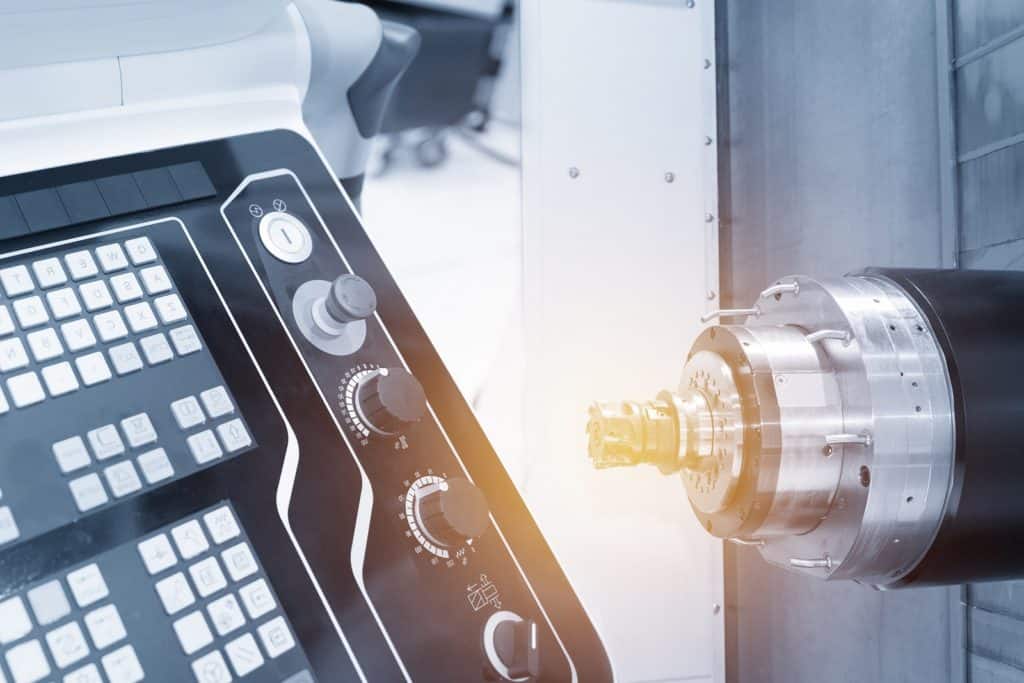Table of Contents
Over the years we have seen some huge advances in machining technology allowing computers to control machinery and create identical plastic and metal components. CNC Machining of plastic components is a process which is highly cost-effective and allows the creation of huge numbers of identical parts. We will now take a look at the subject of CNC machining and its use with plastic/metal components.
What is CNC Machining?
The term “CNC” is an acronym for computer numerical control and perfectly explains the machining process. It relates to an array of factory equipment including routers, shaping machines, vertical millers and centre lathes which are computer controlled. In many cases this process has reduced the number of engineers required to operate equipment and in some cases replaced them in their entirety. In a world where costs can make or break a business, the ability to significantly automate the machining of different materials has never been more important.
While the CNC device may look like a typical PC, it is highly-customised and users the G-Code programming language. This allows the precise control of co-ordination, location, speed, feed rate and various other factors important in any manufacturing process.
Benefits of CNC Machining
There will always be processes on the production line which require human input. It is when looking to manufacture significant numbers of a component where CNC machining comes into its own. As there is no manual input, and everything is computer controlled, each plastic or metal component will be exactly the same as the last one. There will be no variations in measurement, difference in smoothness and discrepancies with the shape. The full range of benefits include:-
Automated production 24/7
CNC Machining gives you the ability to run production lines 24/7 with minimal staffing required – monitoring in case of any issues. Indeed, one engineer will be able to monitor more than one production line such is the reliability of the process.
Reduced staff costs
While there will always be a degree of monitoring required to ensure all machinery is running satisfactorily, CNC Machining offers the opportunity to significantly reduce staffing costs. Good old-fashioned human error will also be eliminated.
Scalability
While upscaling/downscaling manual manufacturing processes can take time and money, it is very easy when it comes to CNC Machining. At the press of a button it is possible to adjust the number of components produced to reflect demand.
Improve safety
As we touched on above, while CNC Machining has reduced the number of workers required, there are still those required for monitoring purposes. Due to the fact they are not “working” on the machines they are located at a safer distance from potentially dangerous equipment. The safety benefits are fairly obvious.
Low maintenance
Once a CNC Machining process has been set up, the G-Code software will update automatically saving time maintaining the system. Due to a lack of human error, aside from the general replacement of worn tools and cleaning, there is not an awful of maintenance required.
Computer process can be replicated
Once the computer process for a particular manufacturing process has been programmed, it can be used across any CNC devices. The files can be easily transferable and downloaded onto a new production line.
Easy adjustments
Over time there may be various adjustments required to the computerised process. It is simply a case of updating the base code once and replacing the old processing code. This avoids time spent retraining staff, changing manuals and other non-productive processes.
Identical components
As mentioned above, the use of computer controlled equipment ensures that all components are identical as there is no human input and no degree of human error. This is especially important with safety-related equipment as replacing like-for-like is the only way to maintain high levels of health and safety.
Reduced wastage
When components are produced via a manual process, even the best engineers in the world will still have a degree of wastage. CNC Machining ensures that wastage is minimal thereby minimising the cost of materials required and also helping the environment.
Which industries use CNC Machining?
Where there is a need to replicate identical components, with often complex cuts and designs, CNC Machining will prove extremely useful – especially for plastics which are often more malleable than metals. In reality this type of machining is commonplace across all industries with some more prominent than others such as:-
- Aerospace
- Agriculture
- Automotive
- Construction
- Electronics
- Healthcare
- Hospitality
- Manufacturing
- Military
- Production
- Publishing
- Transportation
When you bear in mind that many of these industries require like-for-like component replacements to ensure the highest standards of safety, CNC Machining is perfect.
Conclusion
CNC Machining of plastic (or metal) components ensures that each individual component is exactly the same as the others. This is obviously a major benefit when replacing like-for-like parts where there may already be limited space. It is also possible to create cost savings for each component due to reduced staffing costs, longer production runs and reducing (some might say eliminating) wastage.









